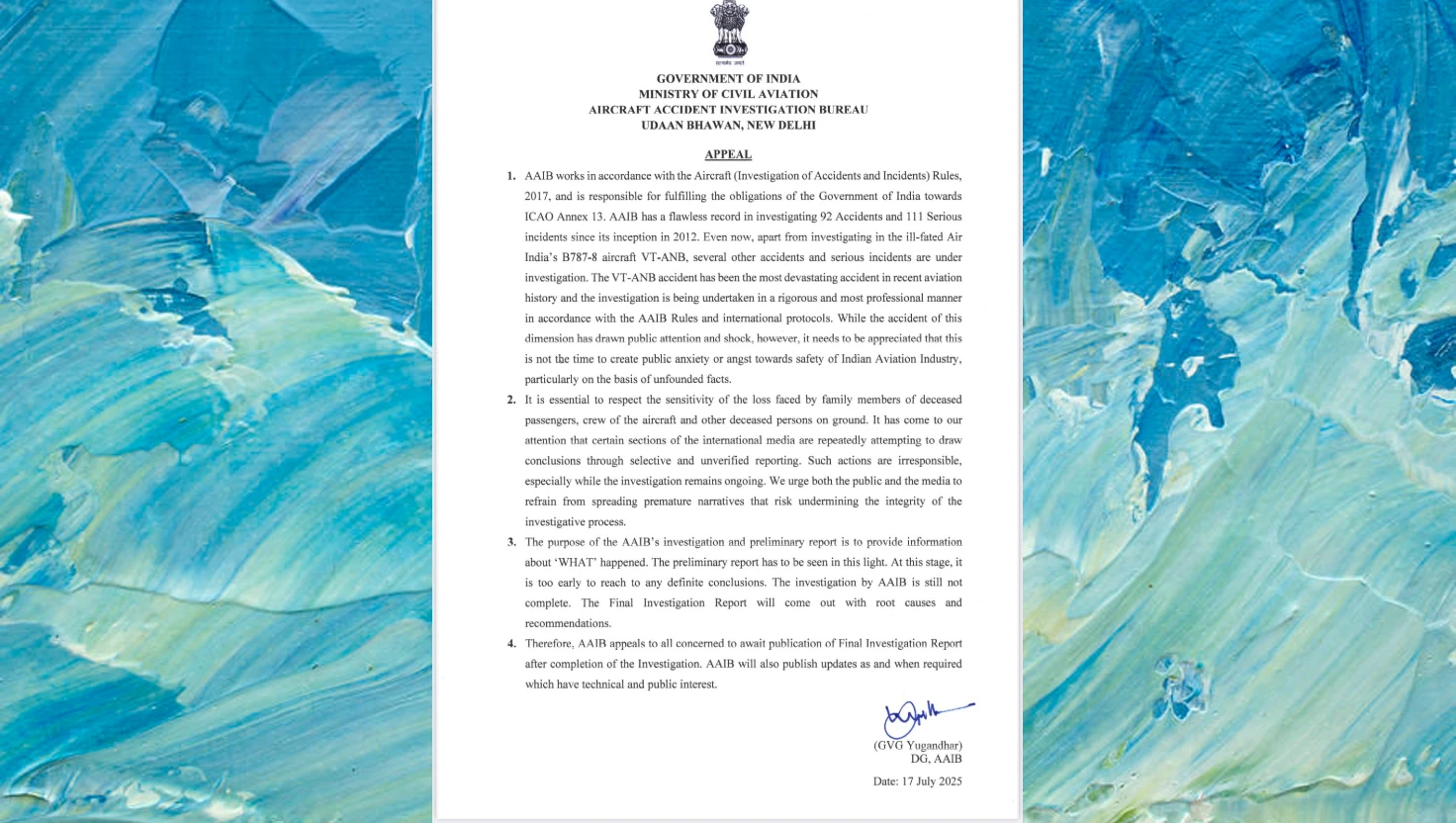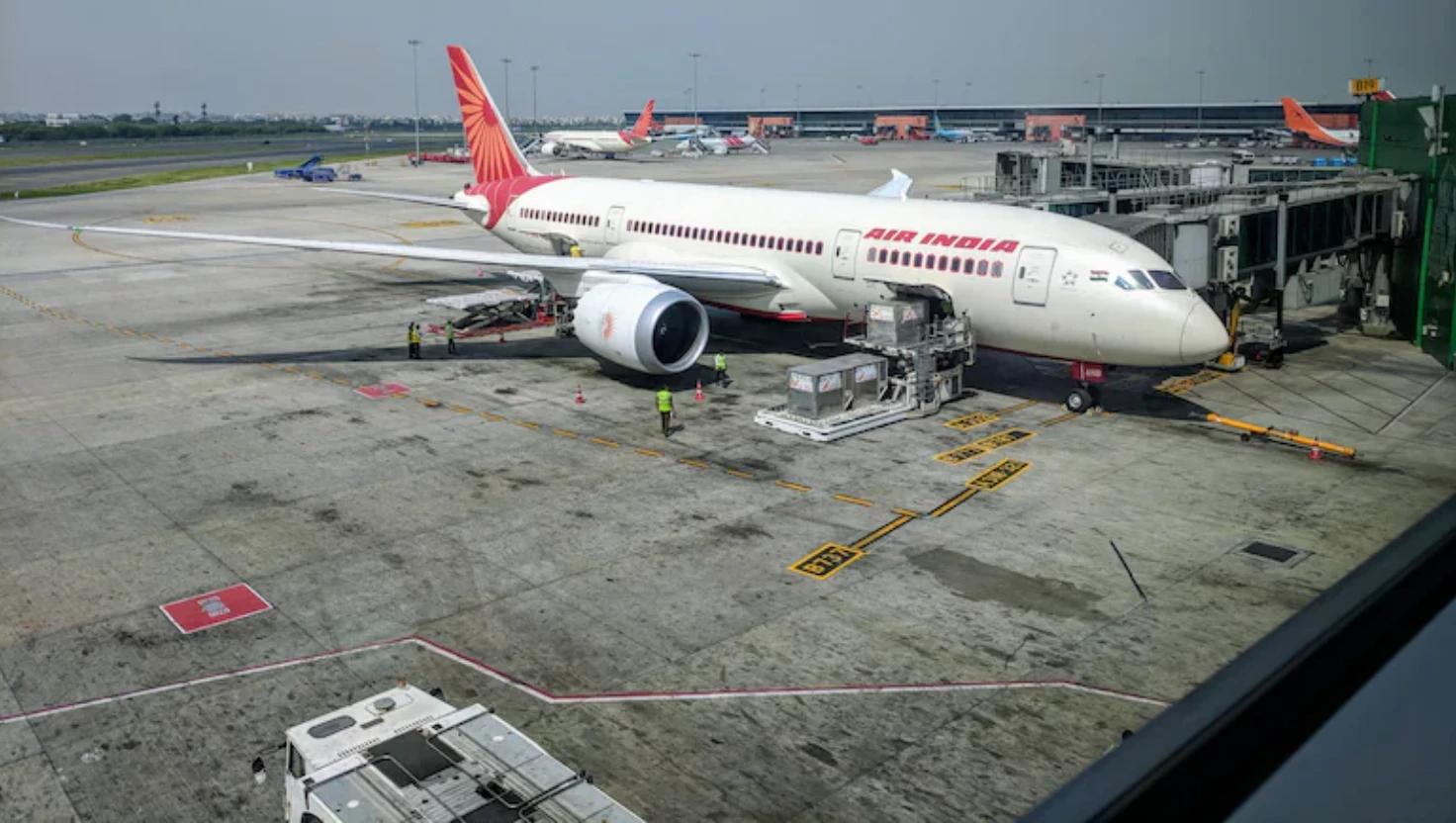US Airstrikes on Iranian Nuclear Sites Caused Limited Setback, Says Intel Report

This handout satellite photo obtained from Planet Labs PBC and dated May 20, 2025, shows a view of the Natanz nuclear enrichment facility in central Iran.(AFP)
A US intelligence assessment suggests recent strikes on Iran's nuclear facilities caused limited damage, contradicting claims of full destruction.
Preliminary US intelligence contradicts Trump’s claim of full destruction
Recent US airstrikes on Iranian nuclear sites have only temporarily delayed Tehran’s nuclear ambitions, according to an early intelligence assessment by the US Defence Intelligence Agency (DIA). The report challenges assertions by US President Donald Trump that the facilities were “completely demolished.”
The strikes, which targeted key locations at Fordow, Natanz and Isfahan, were part of a coordinated operation involving US B-2 bombers and submarine-launched missiles. While significant damage was inflicted on surface structures, the assessment indicates that Iran’s critical underground centrifuges and enriched uranium stockpiles remain largely intact.
Centrifuges reportedly survived strikes
According to officials familiar with the intelligence, Iran had relocated a portion of its highly enriched uranium before the strikes occurred. Some sources noted that the country’s centrifuge systems—vital to the uranium enrichment process—suffered minimal damage. "The US set them back maybe a few months, tops," said one person briefed on the report, which was initially disclosed by CNN.
The operation, reportedly involving fourteen 30,000-pound bunker-buster bombs, aimed to dismantle Iran’s capacity to develop nuclear weapons. However, battle damage assessments suggest that key components of the nuclear infrastructure, especially those located underground, were not destroyed.
White House rejects assessment as inaccurate
The White House has dismissed the findings, calling them “flat-out wrong.” Press Secretary Karoline Leavitt stated that the leaks were an attempt to undermine President Trump and the mission’s success. “Everyone knows what happens when you drop fourteen 30,000-pound bombs perfectly on their targets: total obliteration,” she said.
President Trump has doubled down on his claim that the attacks were entirely successful, saying, “Those pilots hit their targets. Those targets were obliterated.” He has maintained that Iran’s nuclear facilities are “under rock” and now “demolished.”
However, the Chairman of the Joint Chiefs of Staff, General Dan Caine, cautioned that it was “way too early” to determine the full impact. He said damage assessments were still ongoing.
Israeli involvement and prior assessments
Israel, which had carried out earlier strikes on Iranian facilities, reportedly urged US participation to utilise American bunker-buster bombs. While the Israeli military believed the strikes, combined with their own operations, may have delayed Iran’s nuclear programme by up to two years, Israeli officials also acknowledged that Fordow had suffered less damage than anticipated.
Independent analysts, including Jeffrey Lewis, a non-proliferation expert at the Middlebury Institute of International Studies, agreed with the preliminary US findings. He noted that core underground facilities at Natanz, Isfahan and Parchin—another key site near Tehran—were not eliminated. “These facilities could serve as the basis for the rapid reconstitution of Iran’s nuclear programme,” Lewis said.
Congressional briefings postponed amid scrutiny
Classified briefings intended for US lawmakers have been postponed. While no official reason has been given for the delay, some members of Congress have raised concerns about the accuracy of the administration’s public statements. Democratic Representative Pat Ryan criticised the decision, stating on social media that “Trump just cancelled a classified House briefing... because his team knows they can’t back up his bluster.”
Republican Representative Michael McCaul, former chairman of the House Foreign Affairs Committee, also expressed caution. “It was never meant to completely destroy the nuclear facilities, but rather cause significant damage,” he told CNN.
Concerns over undisclosed nuclear sites
The intelligence assessment reportedly acknowledges the possibility that Iran maintains secret nuclear facilities that were not targeted in the strike. These undisclosed sites, if operational, could continue uranium enrichment activities beyond the reach of current inspections or military action.
Additionally, analysts noted that the use of Tomahawk missiles at Isfahan, rather than bunker-busters, suggests that planners were aware of the limits of their weapons against deeply buried targets.
Context: Iran's nuclear programme and global tensions
Iran’s nuclear ambitions have been a source of international concern for decades. Tehran insists its programme is peaceful, but Western nations, including the United States and Israel, suspect it is designed to develop weapons. Several Iranian nuclear sites are heavily fortified and located underground to withstand attacks.
The strikes occurred in the context of rising tensions between Iran, Israel and the United States. A temporary ceasefire between Israel and Iran was announced shortly after the operation, but uncertainty remains over how Iran will respond or rebuild.
Recent US airstrikes on Iranian nuclear sites have only temporarily delayed Tehran’s nuclear ambitions, according to an early intelligence assessment by the US Defence Intelligence Agency (DIA). The report challenges assertions by US President Donald Trump that the facilities were “completely demolished.”
The strikes, which targeted key locations at Fordow, Natanz and Isfahan, were part of a coordinated operation involving US B-2 bombers and submarine-launched missiles. While significant damage was inflicted on surface structures, the assessment indicates that Iran’s critical underground centrifuges and enriched uranium stockpiles remain largely intact.
Centrifuges reportedly survived strikes
According to officials familiar with the intelligence, Iran had relocated a portion of its highly enriched uranium before the strikes occurred. Some sources noted that the country’s centrifuge systems—vital to the uranium enrichment process—suffered minimal damage. "The US set them back maybe a few months, tops," said one person briefed on the report, which was initially disclosed by CNN.
The operation, reportedly involving fourteen 30,000-pound bunker-buster bombs, aimed to dismantle Iran’s capacity to develop nuclear weapons. However, battle damage assessments suggest that key components of the nuclear infrastructure, especially those located underground, were not destroyed.
White House rejects assessment as inaccurate
The White House has dismissed the findings, calling them “flat-out wrong.” Press Secretary Karoline Leavitt stated that the leaks were an attempt to undermine President Trump and the mission’s success. “Everyone knows what happens when you drop fourteen 30,000-pound bombs perfectly on their targets: total obliteration,” she said.
President Trump has doubled down on his claim that the attacks were entirely successful, saying, “Those pilots hit their targets. Those targets were obliterated.” He has maintained that Iran’s nuclear facilities are “under rock” and now “demolished.”
However, the Chairman of the Joint Chiefs of Staff, General Dan Caine, cautioned that it was “way too early” to determine the full impact. He said damage assessments were still ongoing.
Israeli involvement and prior assessments
Israel, which had carried out earlier strikes on Iranian facilities, reportedly urged US participation to utilise American bunker-buster bombs. While the Israeli military believed the strikes, combined with their own operations, may have delayed Iran’s nuclear programme by up to two years, Israeli officials also acknowledged that Fordow had suffered less damage than anticipated.
Independent analysts, including Jeffrey Lewis, a non-proliferation expert at the Middlebury Institute of International Studies, agreed with the preliminary US findings. He noted that core underground facilities at Natanz, Isfahan and Parchin—another key site near Tehran—were not eliminated. “These facilities could serve as the basis for the rapid reconstitution of Iran’s nuclear programme,” Lewis said.
Congressional briefings postponed amid scrutiny
Classified briefings intended for US lawmakers have been postponed. While no official reason has been given for the delay, some members of Congress have raised concerns about the accuracy of the administration’s public statements. Democratic Representative Pat Ryan criticised the decision, stating on social media that “Trump just cancelled a classified House briefing... because his team knows they can’t back up his bluster.”
Republican Representative Michael McCaul, former chairman of the House Foreign Affairs Committee, also expressed caution. “It was never meant to completely destroy the nuclear facilities, but rather cause significant damage,” he told CNN.
Concerns over undisclosed nuclear sites
The intelligence assessment reportedly acknowledges the possibility that Iran maintains secret nuclear facilities that were not targeted in the strike. These undisclosed sites, if operational, could continue uranium enrichment activities beyond the reach of current inspections or military action.
Additionally, analysts noted that the use of Tomahawk missiles at Isfahan, rather than bunker-busters, suggests that planners were aware of the limits of their weapons against deeply buried targets.
Context: Iran's nuclear programme and global tensions
Iran’s nuclear ambitions have been a source of international concern for decades. Tehran insists its programme is peaceful, but Western nations, including the United States and Israel, suspect it is designed to develop weapons. Several Iranian nuclear sites are heavily fortified and located underground to withstand attacks.
The strikes occurred in the context of rising tensions between Iran, Israel and the United States. A temporary ceasefire between Israel and Iran was announced shortly after the operation, but uncertainty remains over how Iran will respond or rebuild.
While the full picture of the operation’s impact is still forming, the early findings underscore the challenges of permanently disabling a dispersed and deeply entrenched nuclear infrastructure.

Reliance Retail acquires Kelvinator, The Coolest One
Reliance Retail has purchased the Kelvinator brand from Electrolux for nearly ₹160 crore, aiming to strengthen its position in India's consumer durables market.
| 2025-07-19

Saiyyara has shattered every myth about launching newcomers. No big names, no big PR
Madhur Bhandarkar praises debut film 'Saiyaara' for its raw talent and storytelling, marking a shift in Bollywood's approach to newcomers.
| 2025-07-19

India slams reports blaming pilots for Air India crash
India's AAIB disputes US media assertions regarding Air India AI 171 crash, highlighting ongoing investigation and sensitivity towards victims' families.
| 2025-07-18

India Secures Four-Wicket Win in ODI Series Opener Against England
India achieves a four-wicket victory over England in the ODI series opener, led by Deepti Sharma's unbeaten 62 runs.
| 2025-07-17

Air India inspection claims no problems found with Boeing 787 fuel control switches
Air India has conducted thorough inspections of its Boeing 787 fuel control switches, reporting no problems following a DGCA directive.
| 2025-07-17




